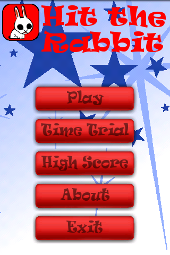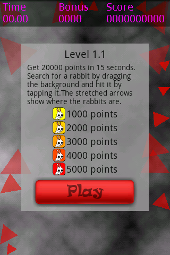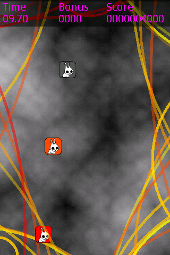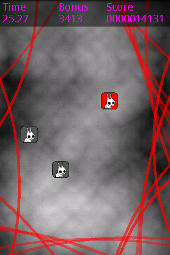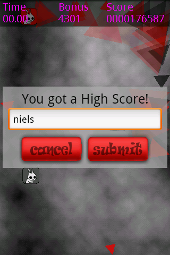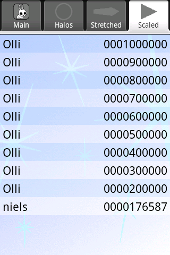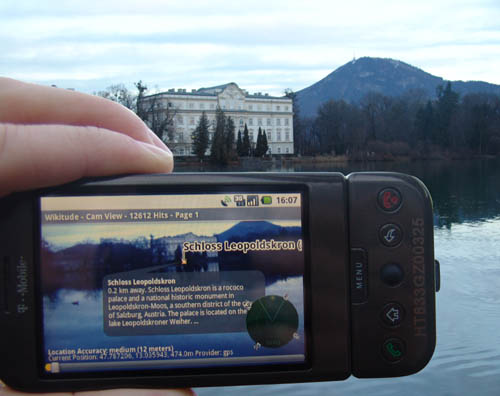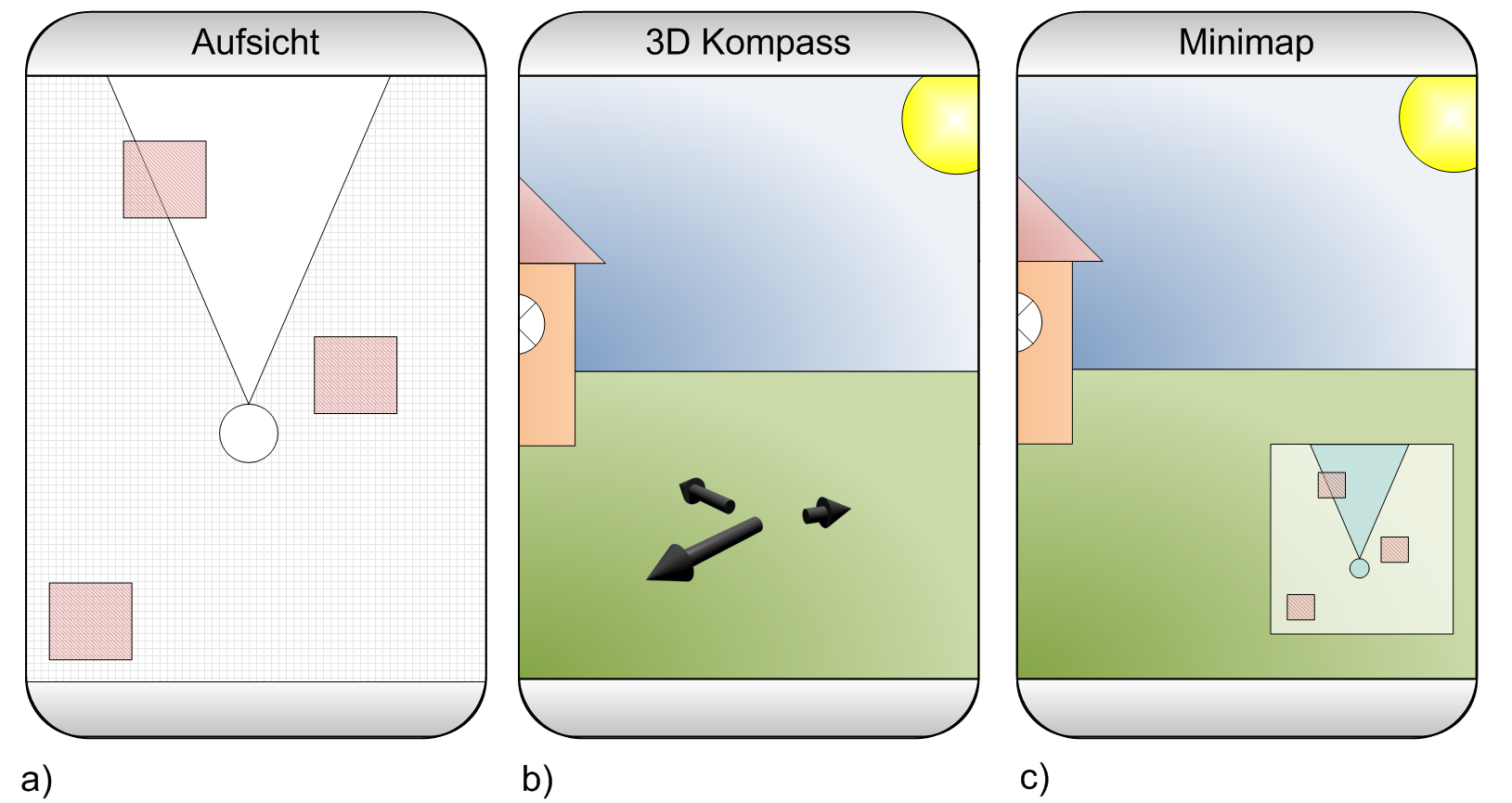We conducted an evaluation of our lecture and lab about Human-Computer Interaction. The aim of the study is to improve the lecture in the future. We collected qualitative feedback using a questionnaire from nine students. Overall the participants appreciate the practical projects and the lecture itself. The participants criticized the weekly presentations about the on-going practical project as well as the room. Participants recommend a larger room and project presentations only every second week.
Motivation and Background
This year we gave the lecture and lab for the third time. As most lecturers we were never trained in lecturing and base our work only on assumption and personal experiences. While we appreciate the overall results of the lecture and the practical part we each year do not had tangible data about the students’ opinions.
Our HCI lecture is split into two parts. We give lectures about the usual topics of a HCI course along the user-centred design process. E.g. we teach about how to collect requirements, different kinds of prototypes, usability evaluations and how to design and interpret experiments. The practical part runs in parallel to the lecture. In the beginning of the semester PhD students from our group present a number of topics. The students pick one topic and form groups of 2-4 students. During the term the students had to work on these projects along the user-centred design process and present their progress in weekly presentations. In the end of the semester the students have to present their project to our group and interested guests in a final presentation and take an oral exam.
Design
As the aim of the study is to improve the lecture in the future we focussed on qualitative feedback. We compiled a questionnaire with the following four questions (we actually asked the questions in German):
- What did you like about the course?
- What did you not like about the course?
- How would you change the course?
- Do you have additional comments?
We did not ask demographic questions or similar aspects in order to keep the results anonymous.
We distributed the questionnaire to all students of the course that were present (about 20) during the last lecture and collected them after the lecture. While we asked the students to fill the questionnaire we also told them that they are free to not fill it.
Results
In total we collected 9 questionnaires resulting in a return rate of about 50%. Most participants provided answers to the first three questions but no one gave additional comments. After collecting the questionnaires we sorted the data by the questions, clustered the statements by topic and translated them to English. In the following we provide an overview about the results grouped by the three first questions.
What did they like about the course?
Four participants wrote that they liked the lecture. They stated that it is a “good lecture”, appreciated the “very good content of the lecture” and that the “content is well conveyed”. Four participants also liked the hands-on work. Participants explicitly mentioned “the large amount of practical work”, the “practical work” and the “practical experience”. Two students highlighted the structure of the lecture and two others mentioned “new technologies” and the diversity of the projects. One participant highlighted the support by the supervisors when working on the practical project.
What did they not like about the lecture?
Five participants criticized the weekly presentations of the projects’ progress. They stated that there have been “too many presentations” and that “5 minutes is too short for the presentations” even though we scheduled 10 minutes for each presentation plus further question and comments. Three participants commented on the room for the lecture. They criticized that the room is too small. One of the three participants also criticized the low quality of the projector. One participant criticized that the lecture is not always relevant for the practical project and another one the synchronization between the lecture and the practical work. One participant mentioned that the lecturers did not always upload their slides to the learn-management system on time.
How would they change the lecture?
Participants recommended changing four aspects of the course. Four participant recommended fewer presentations of the ongoing work (e.g. “presentations only every second week”) or more interaction between the groups. Three participants recommended a better room. In particular, they requested a room with ventilation or just a bigger room. One of these participants also recommended a larger projector. For the lecture one participant requested a short description for each lecture and another one recommended to make the lecture “even more interactive”. One participant stated that “the practical part (projects) could eventually be reduced”.
Limitations
We collected feedback only from nine out of about 20 students. Thus, we got only results from self selected participants. We assume that this could have resulted in a bias towards positive feedback. Participants only had limited time to fill the questionnaire and we might have collected only superficial feedback.
Conclusions
Overall the participants appreciate the lecture and in particular the practical work. Participants did not like the weekly presentations about the ongoing practical work and recommended to reduce the number of presentations, probably to one presentation every second week. Participants also did not like the technical resources of the course, in particular, the room and the projector and recommend a larger ventilated room.
While the return rate is only around 50% and the results might be biased by self selection we assume that the results can provide insights for future courses. E.g. we will try to organize a bigger room with a build-in projector. One particular aspect that raised our attention is the critique about the weekly project presentations. We originally structured the course with fewer students in mind. The current structure might not scale well with an increasing number of students. We will consider reducing the number of project presentation as requested by the students. This might also help to scale the lecture to a slightly larger group of students.
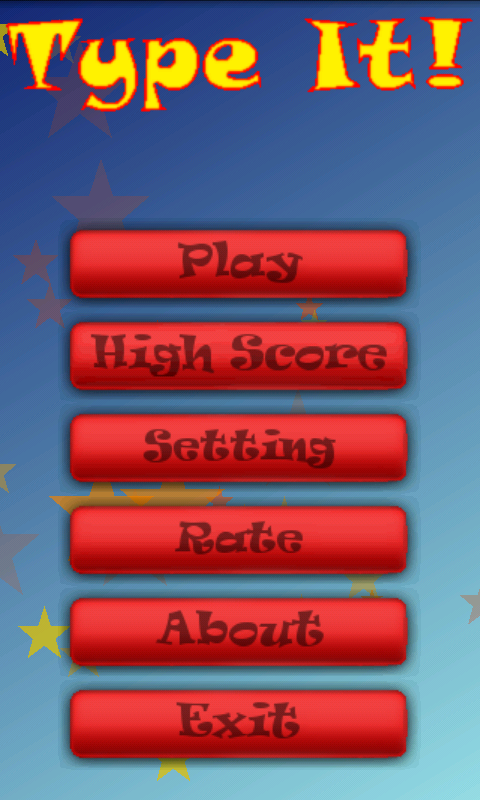
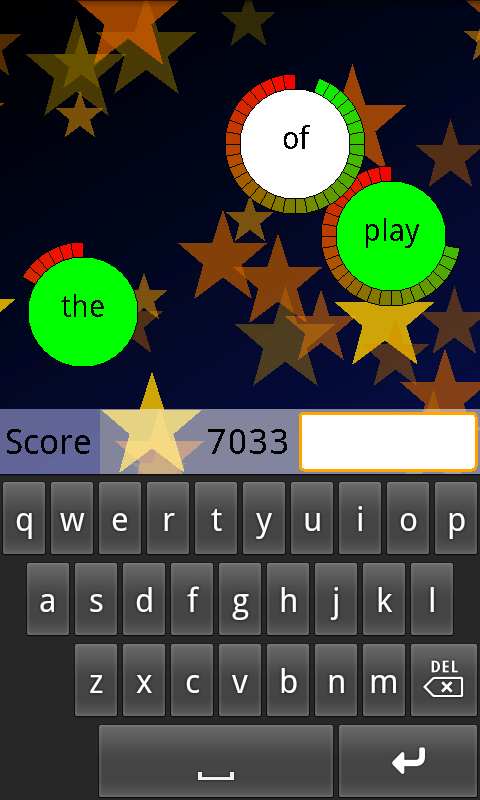
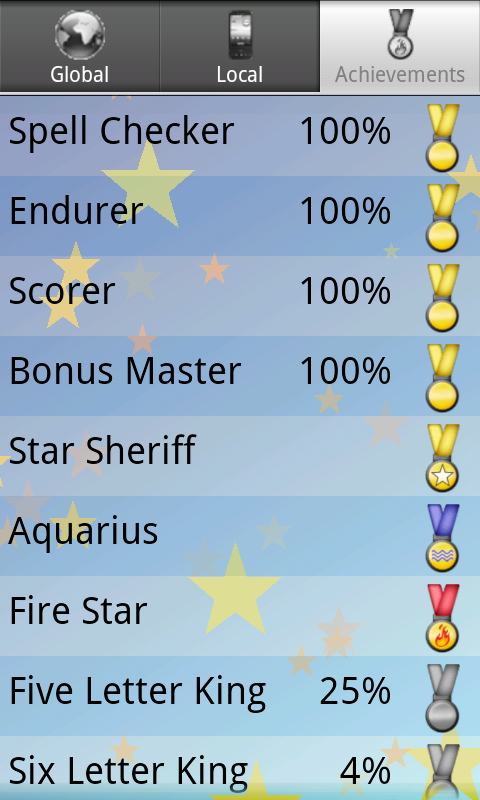
 Hit the Rabbit!
Hit the Rabbit!